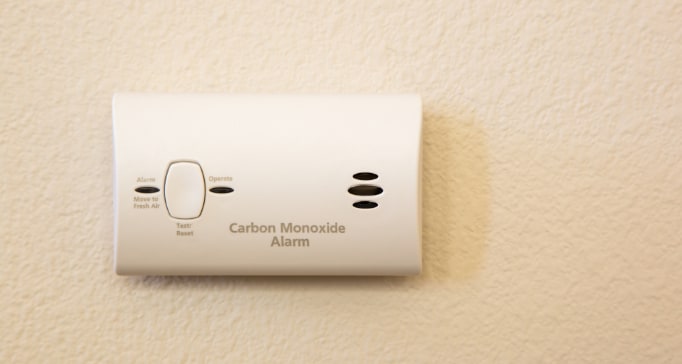
Include CO Detectors Into Your Home Security System
Placing carbon monoxide detectors in your property is a fantastic start, but you may improve your defense even more by incorporating them into your home security system. By doing so, you’ll enjoy an added layer of protection, as your monitoring specialists will be updated whenever a CO detector goes off. This backup can be critical, particularly if an emergency occurs in the early morning hours and you aren’t roused by the alarm.
Get CO Detectors In Cedar Rapids With Your Home Security Package
Safeguard your family against all types of dangers with a full-featured home security package from Secure24 Alarm Systems. Our CO and fire alarms in Cedar Rapids are carefully monitored in the same fashion as your other security devices. You’ll enjoy support from an attentive, 24-hour team in case an emergency arises. Call (319) 214-2293 today to customize the security of your loved ones and home.
Where To Place Carbon Monoxide Detectors In Your Cedar Rapids House
Homeowners must defend against a variety of risks like fire, burglary, and flooding. But what about a danger that you can’t see or smell? Carbon monoxide is different from other dangers as you might never realize it’s there. Despite that, using CO detectors can simply protect you and your household. Learn more about this potentially lethal gas and where to place carbon monoxide detectors in your Cedar Rapids property.
What Is Carbon Monoxide?
Referred to as the silent killer as of a result of its lack of odor, taste, or color, carbon monoxide is a readily found gas caused by the incomplete combustion of fuels. Any appliance that consumes fuels like an oven or fireplace may produce carbon monoxide. While you typically won’t have a problem, difficulties can crop up when appliances are not routinely inspected or appropriately vented. These oversights can result in a build-up of the potentially lethal gas in your interior. Heating appliances and generators are the most frequent culprits for CO poisoning.
When exposed to minute concentrations of CO, you could experience headaches, dizziness, fatigue nausea, or vomiting. Prolonged exposure to high concentrations can lead to cardiopulmonary arrest, coma, and death.
Suggestions For Where To Place Cedar Rapids Carbon Monoxide Detectors
If you don’t own a carbon monoxide detector in your residence, purchase one today. Preferably, you should have one on every floor of your home, and that includes basements. Review these suggestions on where to place carbon monoxide detectors in Cedar Rapids:
- Place them on each level, specifically where you utilize fuel-burning appliances, such as furnaces, water heaters, fireplaces, and gas dryers.
- Always install one within 10 feet of bedrooms. If you only install one carbon monoxide detector, this is the place for it.
- install them about 10 to 20 feet away from potential CO sources.
- Avoid installing them right above or beside fuel-burning appliances, as a non-threatening amount of carbon monoxide might be discharged when they kick on and prompt a false alarm.
- Attach them to walls about five feet above the ground so they may test air where people are breathing it.
- Avoid installing them in dead-air zones and beside windows or doors.
- Put one in rooms above attached garages.
Test your CO detectors routinely and maintain them per manufacturer guidelines. You will typically have to replace units every five to six years. You should also ensure any fuel-consuming appliances are in in optimal working shape and have appropriate ventilation.
